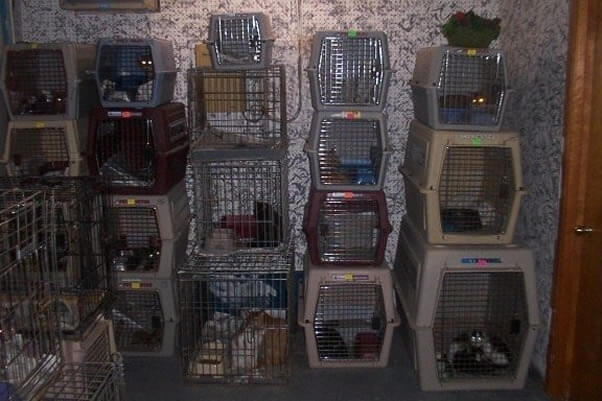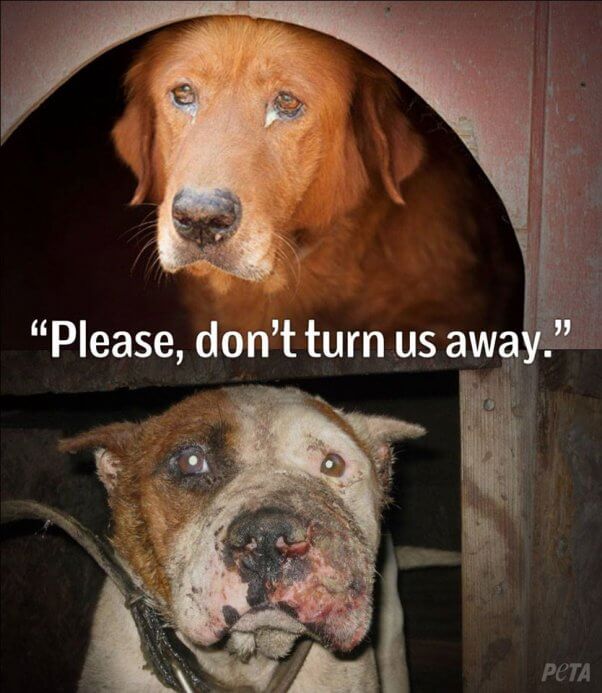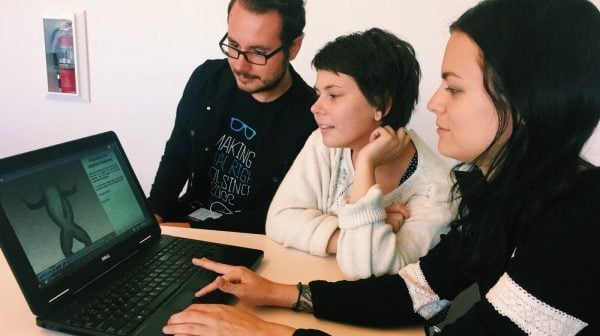What Every Teacher Should Know About ‘No-Kill’ Policies
Here at TeachKind, we support thousands of teachers, many of whom are doing admirable work with local animal shelters—such as having students volunteer to help animals, hosting fundraisers, planning classroom activities on the topic, and organizing school presentations by shelter employees. With 70 million homeless dogs and cats struggling to survive each day in the United States, advocating for the importance of spaying and neutering and supporting socially-conscious open-admission shelters is imperative. But we regularly hear from teachers who have been misinformed by proponents of a “life at any cost” shelter policies. It’s so important—for animals’ sake—to support well-run, socially-conscious open-admission shelters—those that take in all comers without discrimination.
So what’s wrong with “no-kill”?
“No-kill” policies are—more often than not—“turn-away” policies. In other words, some animals deemed too old, unadoptable, unsocialized, aggressive, or dangerous may be turned away because they’re harder (or in some cases, impossible) to find homes for. Even young, healthy animals are commonly turned away simply because an animal shelter is full.
It is one thing when small, privately-funded adoption groups select which animals to take in. But when taxpayer-funded public animal shelters suddenly enact “no-kill” policies, what happens to the unwanted animals who are turned away? Because a growing number of animal shelters have begun to turn many animals away, more and more are ending up on the streets, where they reproduce and create even more homeless animals. Additionally, many will starve or be hit by cars, while others are chained or penned in a backyard for the rest of their lonely lives or even cruelly killed by people who are desperate to “get rid of” them. Dogs and cats are domesticated animals who depend on humans to meet their needs for food, water, veterinary care, shelter, and safety and cannot survive for long on their own. When “their” humans have let them down, they depend on shelters to act as a safe haven for them. But more and more, shelters are letting them down too.
Some of the animals denied entry to a “no-kill” shelter might be taken to—you guessed it—an open-admission (open-door) socially-conscious animal shelter that never turns any animal away for any reason.
Animal shelters take in more than 6 million animals every year, many because their guardians can’t afford euthanasia services at a veterinary hospital. Animal guardians also surrender animals who need veterinary care that they simply can’t afford, such as broken legs, cancerous tumors, raging infections, contagious diseases, and more. If these guardians instead kept their ill and injured animals and denied them the needed veterinary care, it would be not just terribly cruel and irresponsible but also illegal—laws in every state protect animals from wanton neglect and deprivation of needed veterinary care. Each year, an estimated 10% of the at-large homeless animal population is ever admitted to an animal shelter, where hopefully they can find safety and comfort, receive treatment for minor medical conditions, and be assessed for adoption into a new home. Of the millions of animals who enter shelters each year, about half must be euthanized for humane reasons or because no suitable homes exist for them.
Of course, no one wants to have to euthanize animals simply because they are homeless, neglected, too far gone emotionally from cruel and constant confinement, unsocialized, etc., but for many of the animals taken in by open-door shelters, euthanasia is a kindness that relieves them of suffering. Euthanasia of homeless animals is a result of people failing to spay and neuter their animals, who continue to support the pet trade and breeders (which intentionally bring even more animals into an already-overpopulated world), and/or fail to commit to animals when they acquire them, “getting rid” of them for frivolous reasons.

Some “no-kill” shelters and self-professed “rescues” are run by hoarders who cage animals for their entire lives. The animals are often forced to live in their own waste, without the opportunity to stretch or walk, breathe fresh air, play or enjoy affection and a place to call their own. Continuously caged animals become depressed, withdrawn, and even aggressive. Some—driven mad by confinement and deprivation—spin endlessly, throw themselves against the sides of the cage, or simply stare into a corner.
There are fates worse than a humane, painless death, and that is one of them.

At well-run shelters, potential adopters are screened to prevent animals from falling into the hands of cruel or irresponsible people, including hoarders. They are given nutritious food and clean water, walks and playtime, attention, a safe environment, and veterinary care. And they are never turned away just to make a shelter’s statistics look good. This is why we should all support socially-conscious shelters with open-admission (aka “open-door”) policies.
People who care about animals don’t ignore them when they need help the most.

The good news is that the suffering and deaths of homeless animals is 100% preventable through spaying and neutering. Despite recommendations and urgings from nonprofit groups, veterinarians, and public shelters and a growing number of free and low-cost spay/neuter clinics, many people still fail to provide their animal companions with this routine, lifesaving medical procedure. Some communities are addressing the homeless-animal crisis by requiring everyone who chooses not to spay or neuter to pay a hefty breeder’s fee. Areas with such laws have reported a significant reduction in the number of animals found roaming. Because many people won’t do the right thing unless the law requires them to, those who care must lobby for local laws that will require animal guardians to prevent the births of more dogs and cats when so many are literally dying for homes. Find out how here.
Check out these lesson plans on companion animal overpopulation, and teach your students ways that they can help:





